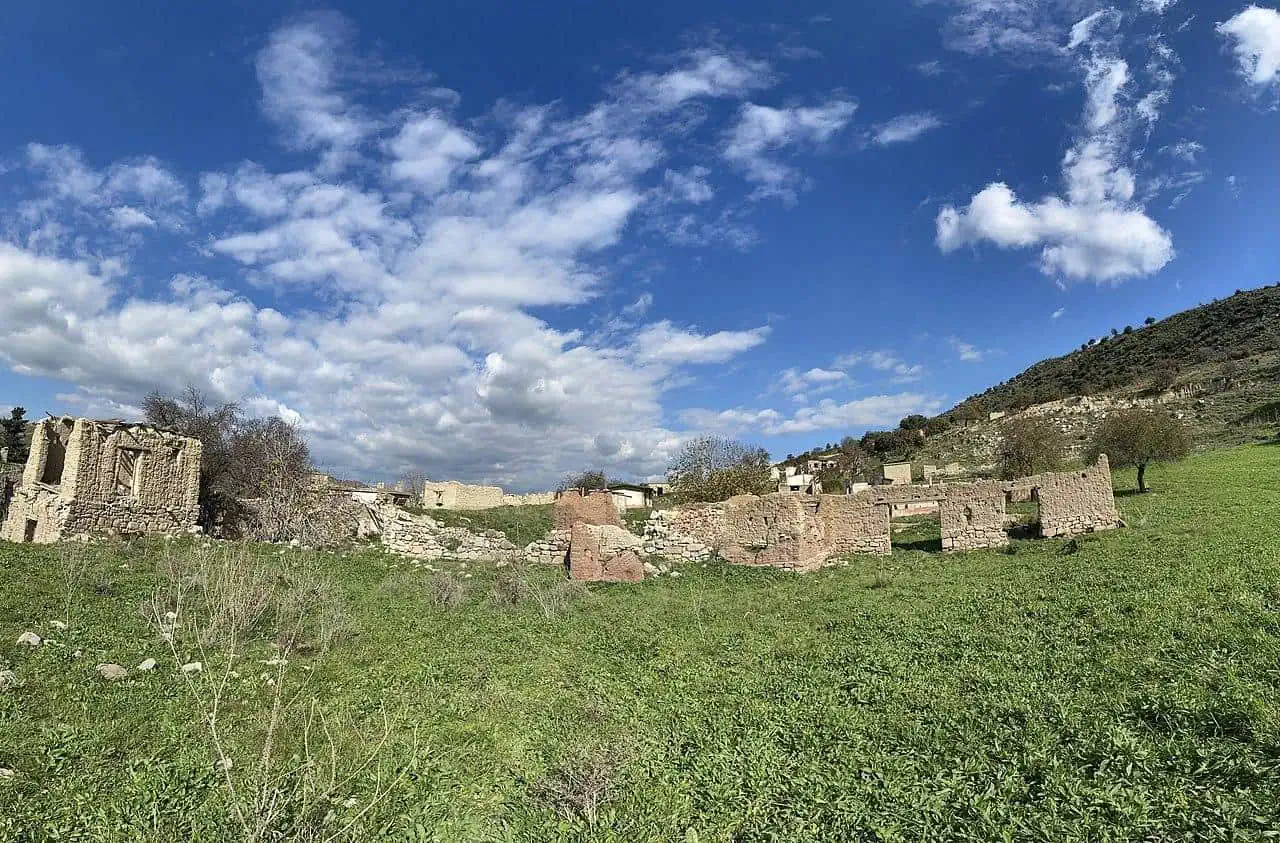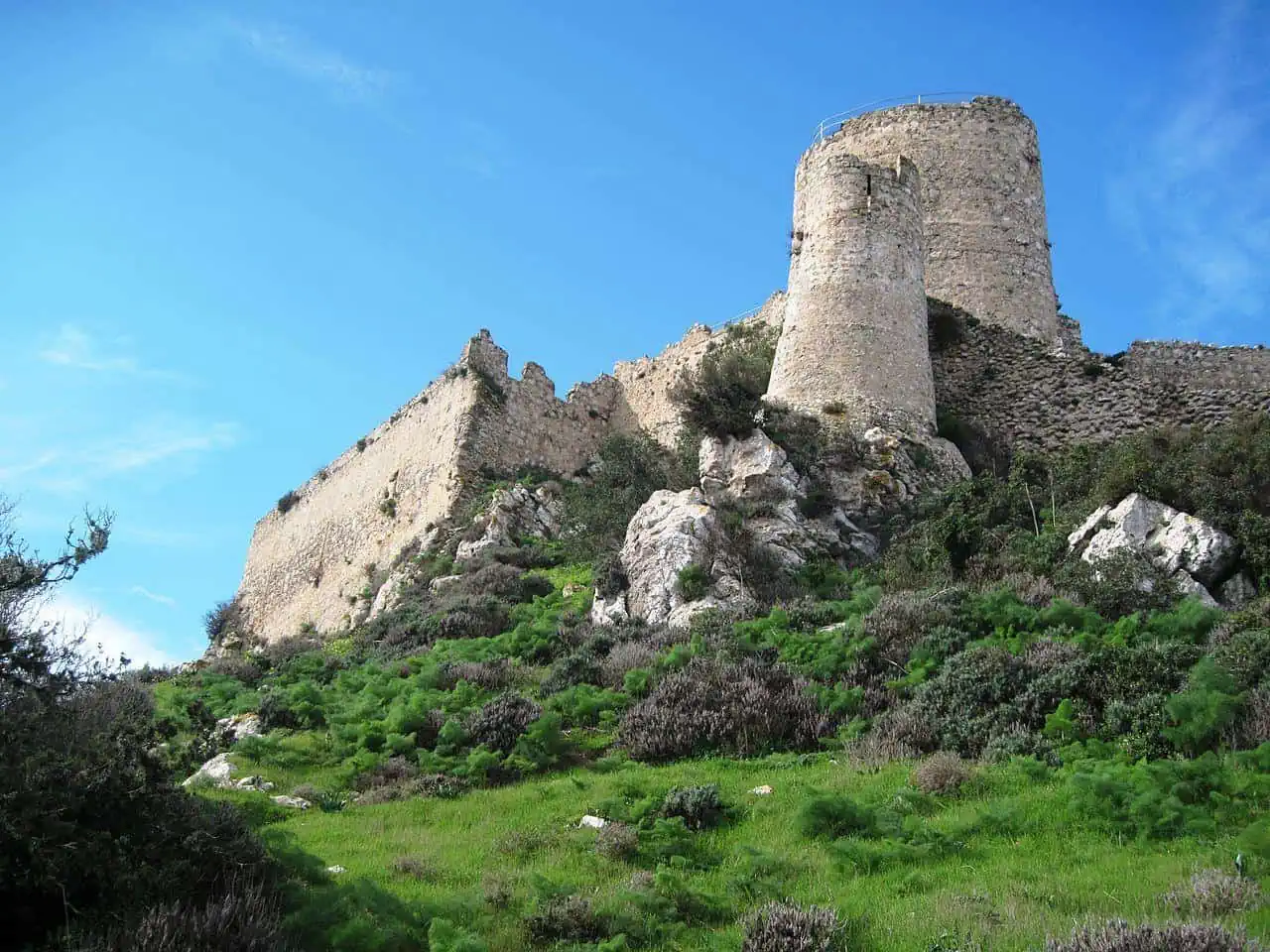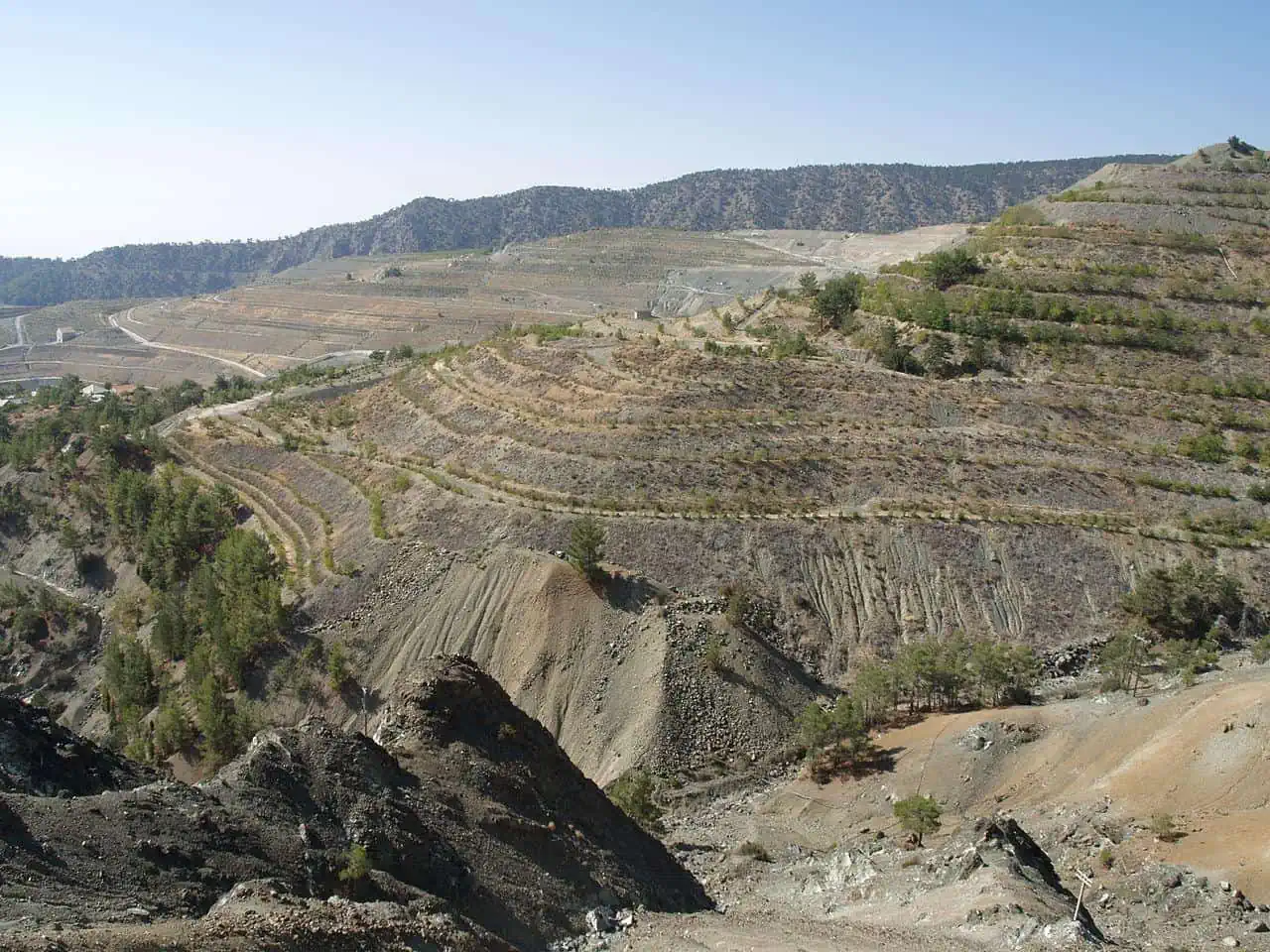
Tucked away in the eastern Mediterranean, the island nation of Cyprus is well renowned for its pristine beaches, affordable resorts and laid-back vibes. Nevertheless, alongside its picturesque façade are lesser-known facets, which the average vacationist is usually oblivious of their existence, unjustifiably, as the country's often-overlooked side is bestowed with dozens of non-touristy nooks, corresponding with its rich and tumultuous past.
Due to its strategic location across a geographical and cultural crossroad, Cyprus was successively ruled by foreign powers. The two last of which, the British and the Turks still hold a prominent presence in the country, while the latter engaged in a military conflict during the mid-1970’s that left the island split and scarred, with its northern half becoming a breakaway republic, internationally unrecognized with the exception of Turkey.
Nestled along the River Dhiarizzos’ eastern slopes, far up the Troodos mountains, Souskiou ghost village stands out as one of the war’s most conspicuous vestiges. Once a thriving rural community where Greek and Turkish Cypriots lived side by side, the village was abandoned in September 1975, following two months of fighting, triggered by the Turkish army’s military campaign across Cyprus.
Frozen in time, the village has been left untouched since the end of the war, and so, the badly damaged homes have started to be reclaimed by the surrounding nature, somewhat reminiscent of a more ancient site. The post-apocalyptic scenery is accompanied by all sorts of hidden gems, including water wells with dates engraved upon them, spectacular lookouts and fig trees, when between June and September offer a heavenly snack.

The remnants of Souskiou village
photography by: Alexandra Zimakova/ Wikimedia Commons
A crew of 9 sailors was aboard the Edro III when it set sail over a calm and open sea. As the ship sailed smoothly along, an unexpected storm would hit the ship, leaving its crew of nine to fight for their lives in the dark of night, October 8, 2011. Loaded with gypsum boards, the ship would get stuck on the rocks just a short distance from Peyia. Today, merely 200 metres from the Paphos sea caves are the shipwrecked remains of the 95 meter long and 14.5-meter-wide vessel, which nowadays serves as an unusual tourist attraction as well as a popular photography backdrop for marrying couples on their wedding day.

The ship wreckage of Edro III
photography by: Knowing Roger/ Flickr
It is thought that around 12,000 years ago, the ancient mariners, aka “Stone Age Sailors”, were the first humans to find and colonize the island of Cyprus. While it is highly debated where was their first landing point, many think that Cape Arnaoutis, a remote speck of land on the northwestern tip of the island, was in fact this historically significant spot.
For a dozen of millennia, the cape’s wave-beaten shores and dark cliffs remained completely untouched. It wasn’t until 1977 when several trails were marked and the area was incorporated as part of Akamas Peninsula National Park, encompassing the country’s westernmost part. Fortunately, this natural wonder is still largely considered as a secluded region that few, very few, people visit.
A measly 10 minutes away from Pomos Harbour, you’ll come across the Dragon Cave. Along a fairly remote beach and at the end of the main road, this unusual cave is remarkably intriguing, not only because of its jagged surface but also due to its alleged virtues. Legend has it that when ships arrived here, a dragon residing in the cave would protect them from the pirates and all things evil, so much so, that some locals still refrain from visiting this rocky void to these days.
Probably the most iconic part of the cave is its wide opening that serves a window to the Mediterranean Sea, where visitors can also have a refreshing respite from the Cypriot sun during the summer months. A small staircase provides access to the beach and the cave, which is perforated by incalculable number of cavities and grottos, requiring some degree of caution when hoping between the rocks.
Perching on the 689-meter-high peak of a mountain with which it shares the name, Stavrovouni Monastery is one of the oldest monasteries in the world, dating back to the beginning of the 4th century. According to historic references, this religious community was originally established by Saint Helena, Emperor Constantine the Great’s mother, and while those claims have never been fully verified, the monastery is home to incredibly old and significant relics, most notably the fragments of the Holy Cross that St. Helena supposedly carried.
Over the years, the Arab and Turkish raiders destroyed the original buildings, leaving only ruins to be admired by those who dare to visit this premises. The monastery was ultimately reclaimed by Orthodox monks who rebuilt it during the 17th century, and from then onwards it is inhabited by priests. While it is a ‘men only’ place of worship, women are allowed in the church next door.
Besides its obvious historic significance, the place offers a stunning panoramic view that far stretches to the Mediterranean Sea. Additionally, a nearby hiking trail links the monastery with several deep-forest scenic points, and most importantly, Stavrovouni Waterfall, a soft stream of water that gently plunges from a dark vertical rock into a shallow pool.

The Stavrovouni Monastery perching atop a mountain
photography by: Zairon/ Wikimedia Commons
Whereas the vast majority of people will associate Cypriot Architecture with old stone houses or alternatively, flashy hotel complexes along the coastline, you can apparently find also a myriad of ultra-modern buildings that contrast any preconceptions one might have.
Located within the campus of Nicosia’s University of Cyprus, it would be an understatement to claim that the brand new UCY Library is hard to miss. The 3-story gargantuan building was designed by the world-renowned architect, Jean Nouvel, whose architectural brainchild practically resembles a hillock rather than a traditional library.
If you thought for a second that this knoll-shaped mega project is eye-catching only for an outside observer, wait until you’ll get inside as 5 round levels are centered around a super tall atrium that is in turn punctured by a long spire, which bears an uncanny resemblance to an ivory tusk. Each of the levels is littered with tens of armchairs and encircled by a seamless round bookshelf.
The entire structure is naturally illuminated by a 5-meter diameter dome that protrudes over the roof, which is almost fully covered by a lawn and functions as a terrace, where students and occasional visitors can sip a coffee while having a panoramic vista of Nicosia and its surrounding rural landscape.

The UCY library during its construction
photography by: Dstefanou/ Wikimedia Commons
A painfully slow drive up a mountain awaits anyone who’ll try to reach Kantara Castle, however, once there, you’ll be rewarded with a bird’s eye view and an unequaled vantage point that warriors once had in 1372. It was then that the Genoese tried to take the island only to be met by James I, the King of Cyprus’s army defending this isolated location. You’ll find the structure to be much the same as it was then, apart from restorations that were necessary for safety.
From the sea below, you can feel the waft of a cool breeze as you walk up the graveled pathway, where you’ll come across the other dwellings along the perimeter of the wall, all of which offer expansive vistas. Interestingly, this is the lowest of all three castles here, sitting just 2,000 feet above sea level, and in just a few minutes, you’ll find your way on foot from your car to the highest point where you can soak in the views offered by this castle.

The ruins of Kantara Castle
photography by: Dickelbers/ Wikimedia Commons
As its Greek name suggests, the region of amiantos was an epicenter of the local asbestos mining industry that peaked in 1904. After ceasing all operations during the 1980’s, the abandoned mine on the foot of Mount Olympus became a quirky tourist attraction, where the dystopian landscape is slowly, but steadily, reborn as a nature reserve.
Where once villagers manually mined asbestos and then transported it by rail to the nearby city of Limassol, hikers can now explore a medley of sites, including the newly founded Troodos Botanical Garden, wonder around the remnants of the mining community and of course, take a walk in the former mine, whose terraces are now covered by orchard, overlooking an artificially-made lake that lies right in the bottom of the site.

The newly forested terraces of Pano Amiantos' mine
photography by: Joan Edington/ Wikimedia Commons